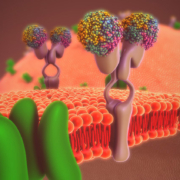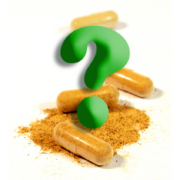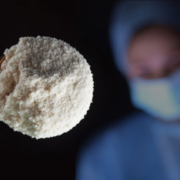How to Reduce Mechanical Pain
Every morning, the process of getting my body moving is challenging. My back is stiff and my knee is tender, on the border of painful. The longer I’m up, the better I move. After about 30 minutes, I can get my workout. It takes my knee 10 minutes to warm-up once I start running.
I’m going to talk about pain this week—specifically, three types of pain and what may help. Today it’s mechanical pain. Remember the time you slipped and twisted your knee? Wrenched your shoulder when you picked up something you thought was a lot lighter? Broke your ankle skiing? Those are the types of injuries that can lead to mechanical changes that can result in pain; the injury heals but the tendons, ligaments, and cartilage are not quite the same. It can lead to pain, even many years later. That’s what happened to my right knee.
What can you do about it? Strengthen the supporting tissues to the extent you can. I went to a physical therapist, got an evaluation, was assigned some exercises and I do them regularly. It has strengthened the muscles that directly and indirectly impact the knee. While it’s still tender when I wake up, the swelling is gone and I can run if I choose. To me, that’s the most important thing. But I also take a timed release non-steroidal anti-inflammatory in the morning and use omega-3s, turmeric, and glucosamine twice a day. That works for me. You may need more pain relievers or you may need none.
That’s how you can deal with mechanically-induced pain. On to nerve-induced pain on Thursday and disease-related pain on Saturday.
What are you prepared to do today?
Dr. Chet









